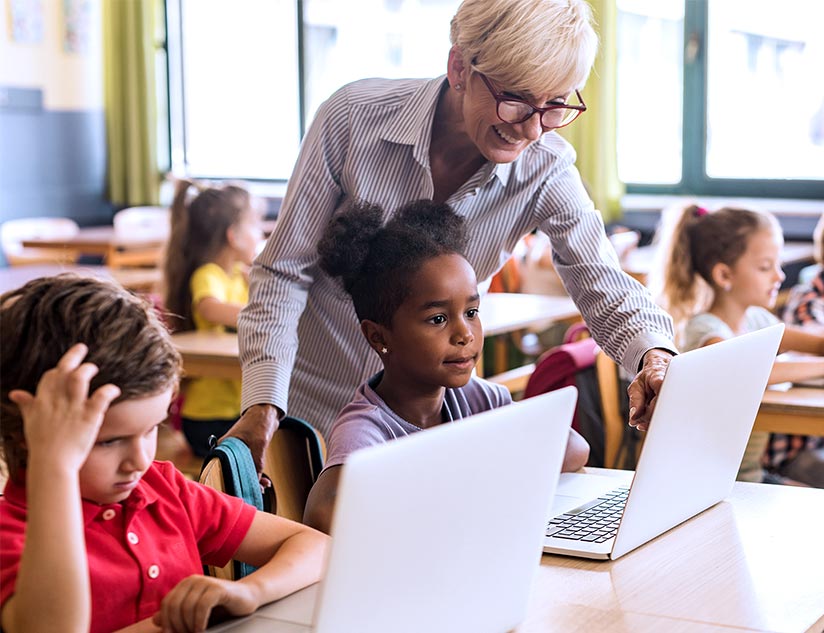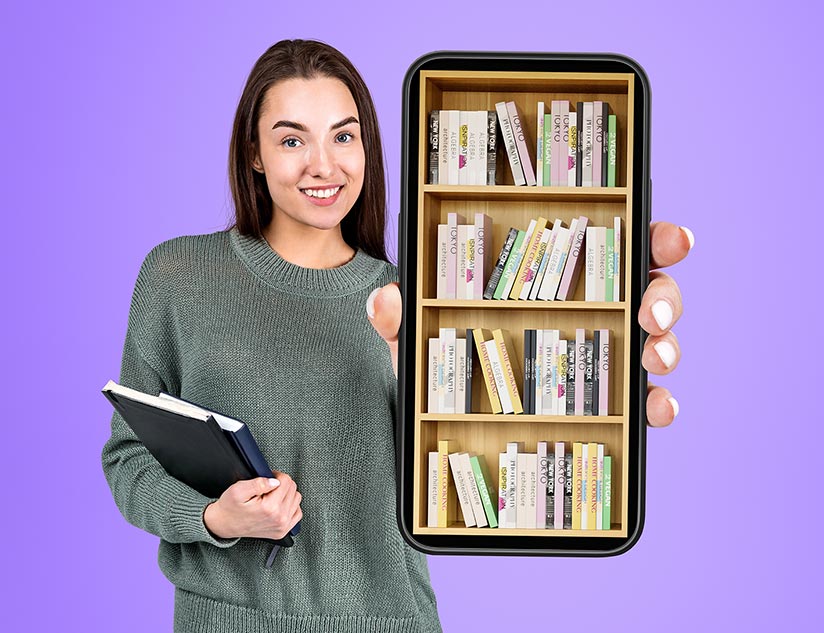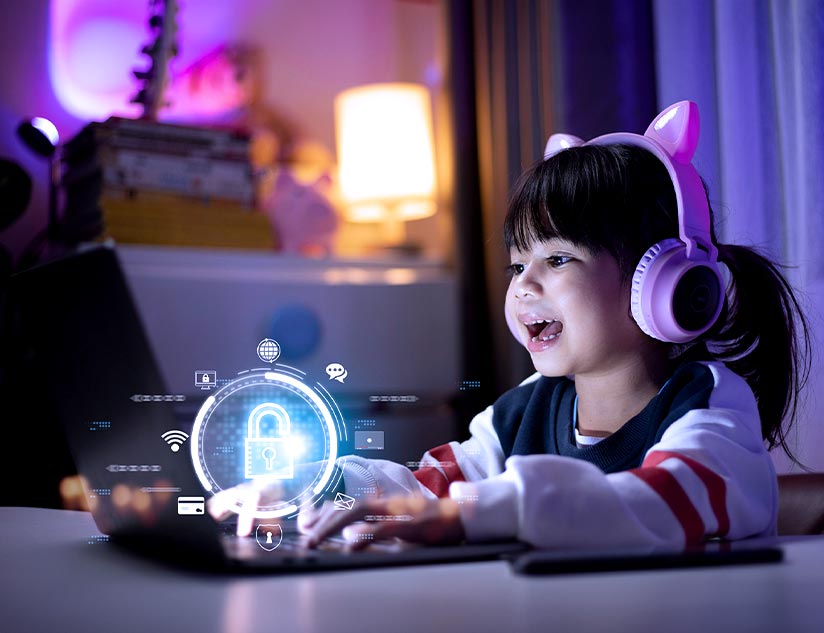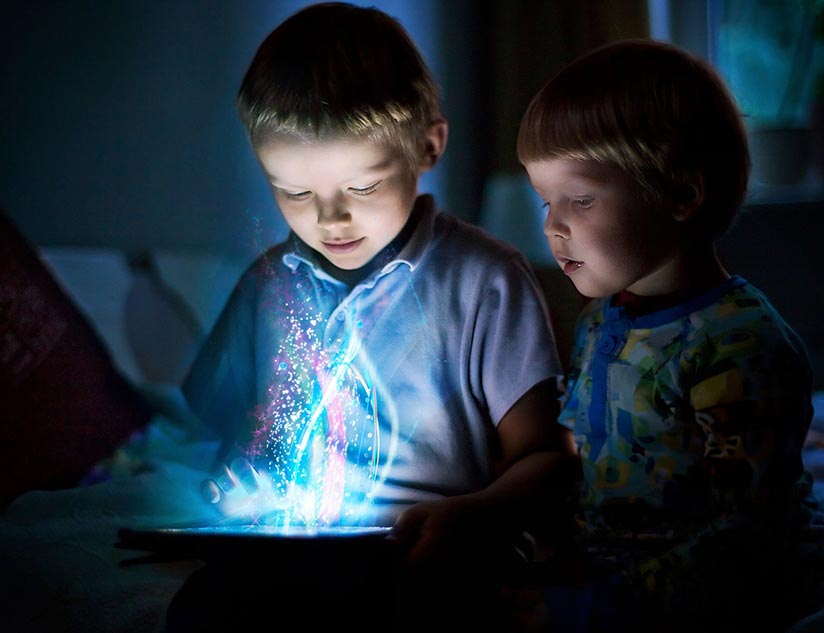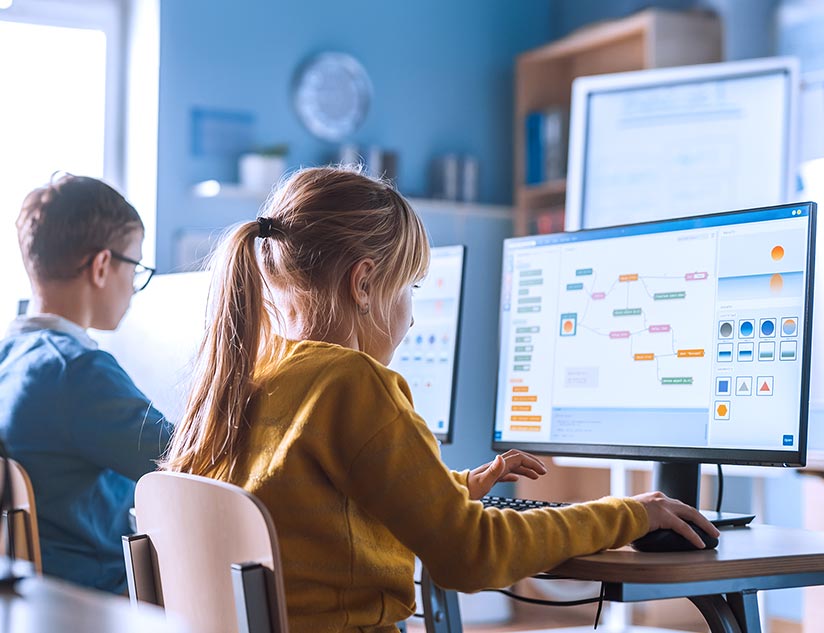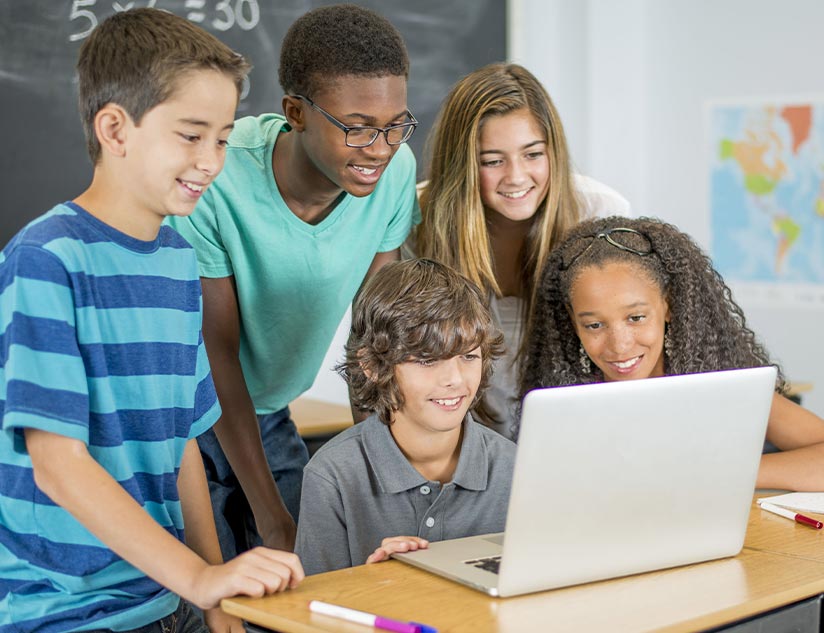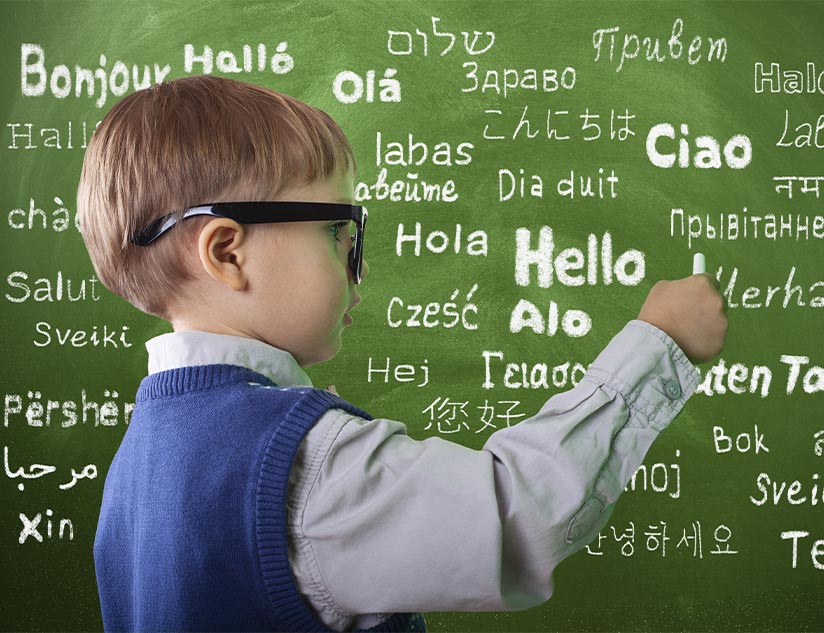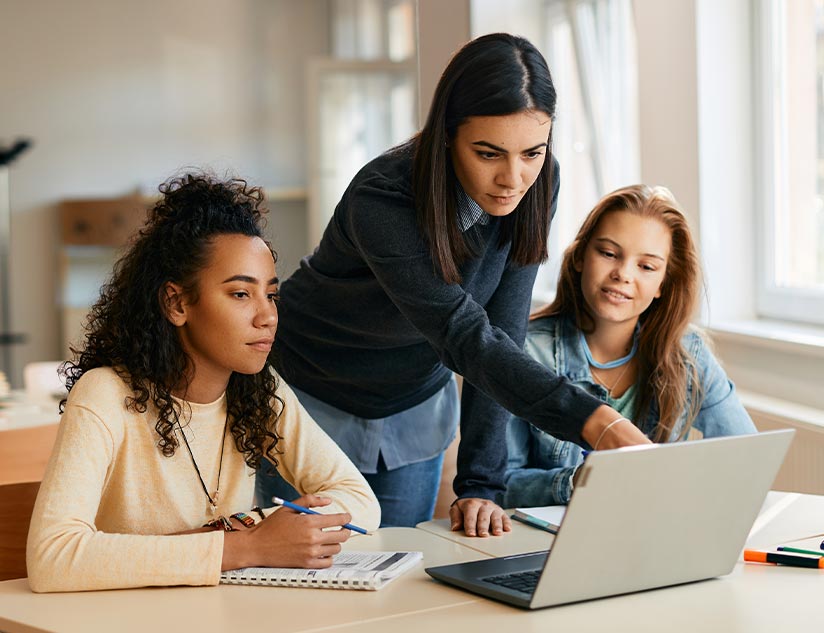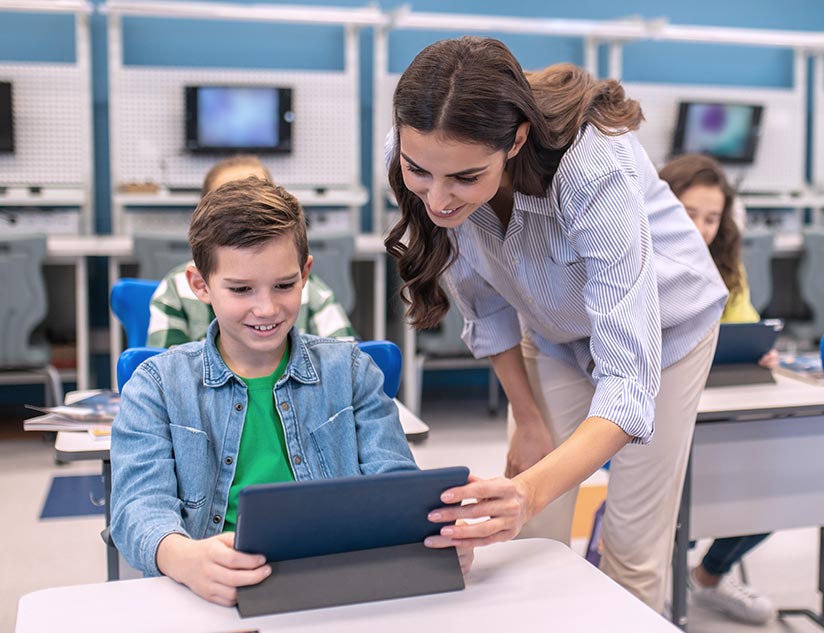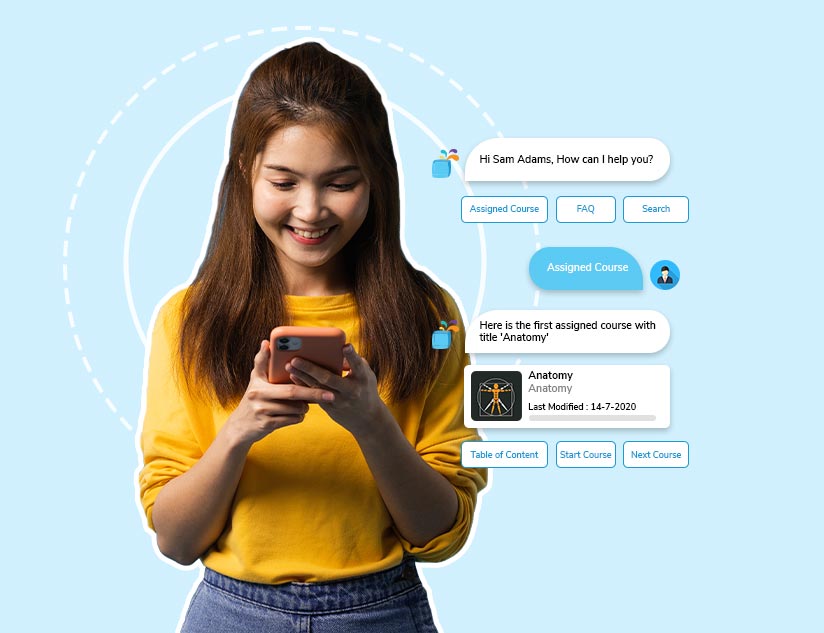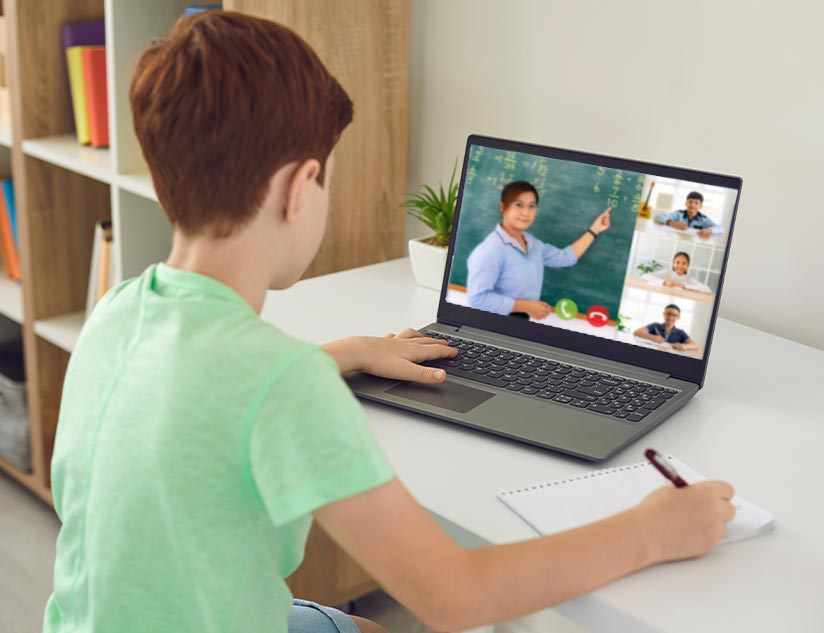How to Add the Human Dimension to Virtual Classrooms
March 22nd, 2021
Recent research highlights that, in our efforts to bring the best of technology to ease education, there is sometimes a dominance of “technological determinism.” This is where technology alone is believed to solve all problems in the education sector, including inequalities in access to education. What gets missed is the need to add a human dimension to the teaching and learning experience.
Benefits of the Human Dimension in Digital Education
Technology cannot replace the basic human relationship between teacher and student or the need for face-to-face connections. The challenge to achieve this human dimension becomes a larger challenge when education moves completely online, being delivered through virtual classrooms.
In addition, there is a rising demand across professions for a combination of various skills among job seekers, especially soft skills. And, aiding the development of a well-rounded individual, who has also mastered skills like communication, empathy and teamwork, requires humanization of digital learning.
Most importantly, if the education sector is to contribute to the development of public good character among students and protect diversity, adding the human dimension becomes indispensable. Moreover, such humanization has been seen to
unleash creativity and adaptability among learners.
So, how do we support the human dimension in digital education? Here’s a look.
How to Include the Human Dimension in Remote Learning
Adding the human dimension to learning is based on the premise that learning takes place in many ways. However, the objective is just one – to enrich the teaching and learning experience. Therefore, building the human element into education is based on universal learning principles and human needs.
There basically are 3 principles that need to be followed:
- Fostering a Culture of Learning
The key to success in any career and life in general is lifelong learning. This attitude needs to be supported and developed early in education. The right combination of EdTech tools to ensure engagement with the learning content and promote self-directed learning, and the teacher’s inputs, individualized support and communication, can bring about the best results.
For instance, a course authoring tool that allows the easy integration of gaming and multimedia elements. With such facilities, teachers can offer a multisensory experience of concepts, while encouraging learning progress through a leaderboard. Positive reinforcements, such as earning badges, can provide further motivation.
- Personalization of Learning and Adaptive Teaching
Digital learning generates huge amounts of data, which if analyzed effectively, can offer key insights to personalize learning for each student. Customizable analytics that offer insights into learning behaviors, learning progress, content format preferences and more, can help teachers design individual learning paths for students. With insights into strengths and weaknesses, teachers can then ensure that no one gets left behind.
Also, data analytics can offer teachers insight into what works and what doesn’t in their teaching method. This can help them modify lesson design, delivery and assessment to drive better academic outcomes for students. Also, assessment of learning cannot be based solely on summative tests. With the right EdTech tools, teachers can administer formative assessments, which provide students with immediate feedback on ongoing learning. This can help students understand where to put greater focus to improve learning outcomes.
- Social and Collaborative Learning
One of the pillars of effective education is to provide opportunities for discourse and dialogue among students. Learning is essentially a social activity, and when students learn collaboratively, they tend to internalize new and difficult concepts better. Even in remote learning, the right EdTech tools for collaborative and peer-to-peer learning can make a huge difference to eliminating any risk of social isolation.
With tools for group assignments and assessments, message boards, and more, teachers can foster social learning. This, in turn, will help students forge connections, will reinforce a sense of belongingness and lead to better learning outcomes. It is the human dimension that will help create such spaces for socialization in digital learning, including the use of video conferencing and other tools.
The key to bringing the right balance of technology and humanization to online learning is with a powerful and feature-rich digital learning platform. MagicBox™ is an award-winning, SaaS-based, cloud hosting educational publishing and distribution platform that can help you achieve just such a balance. Contact us to learn how.


